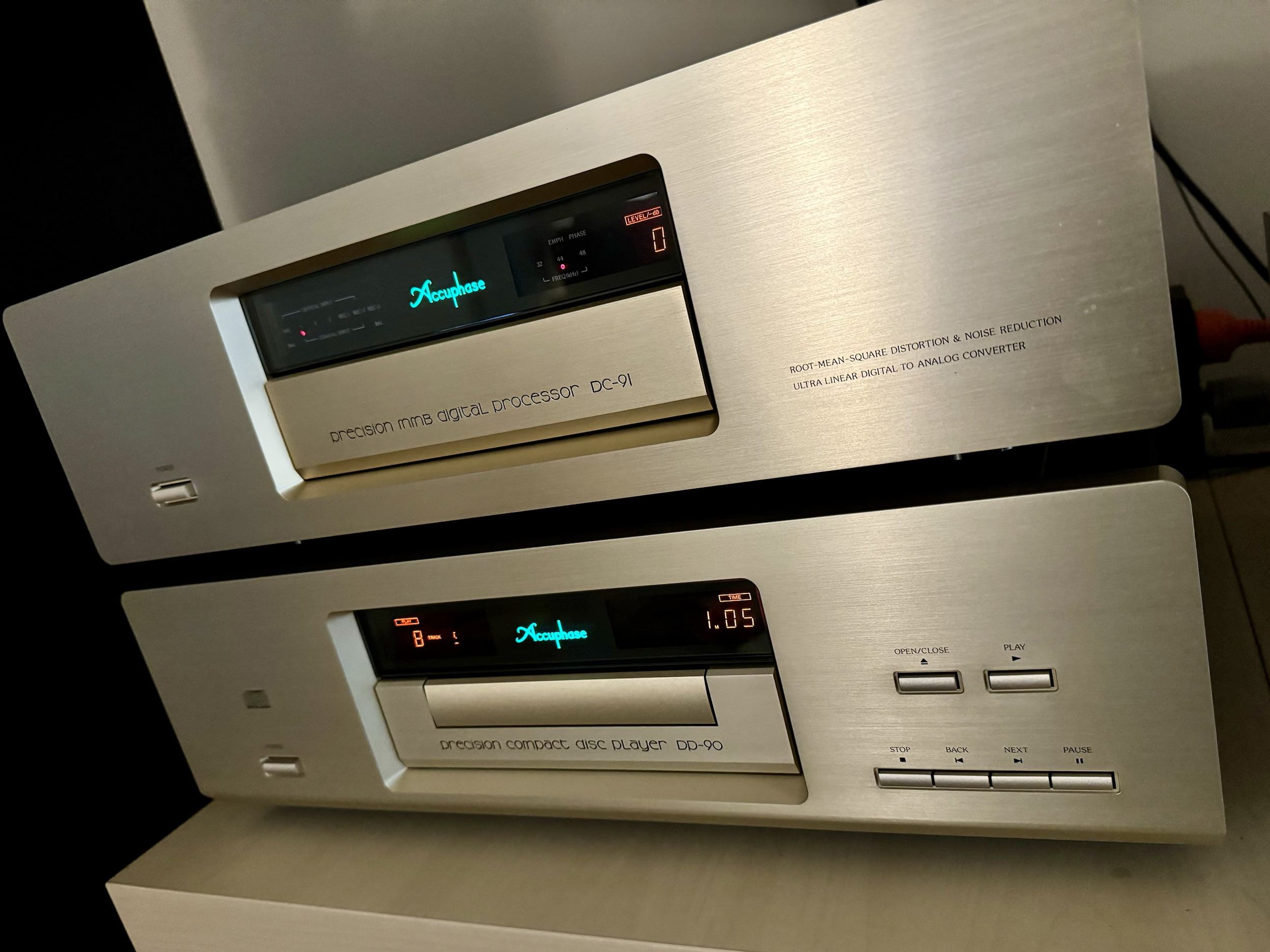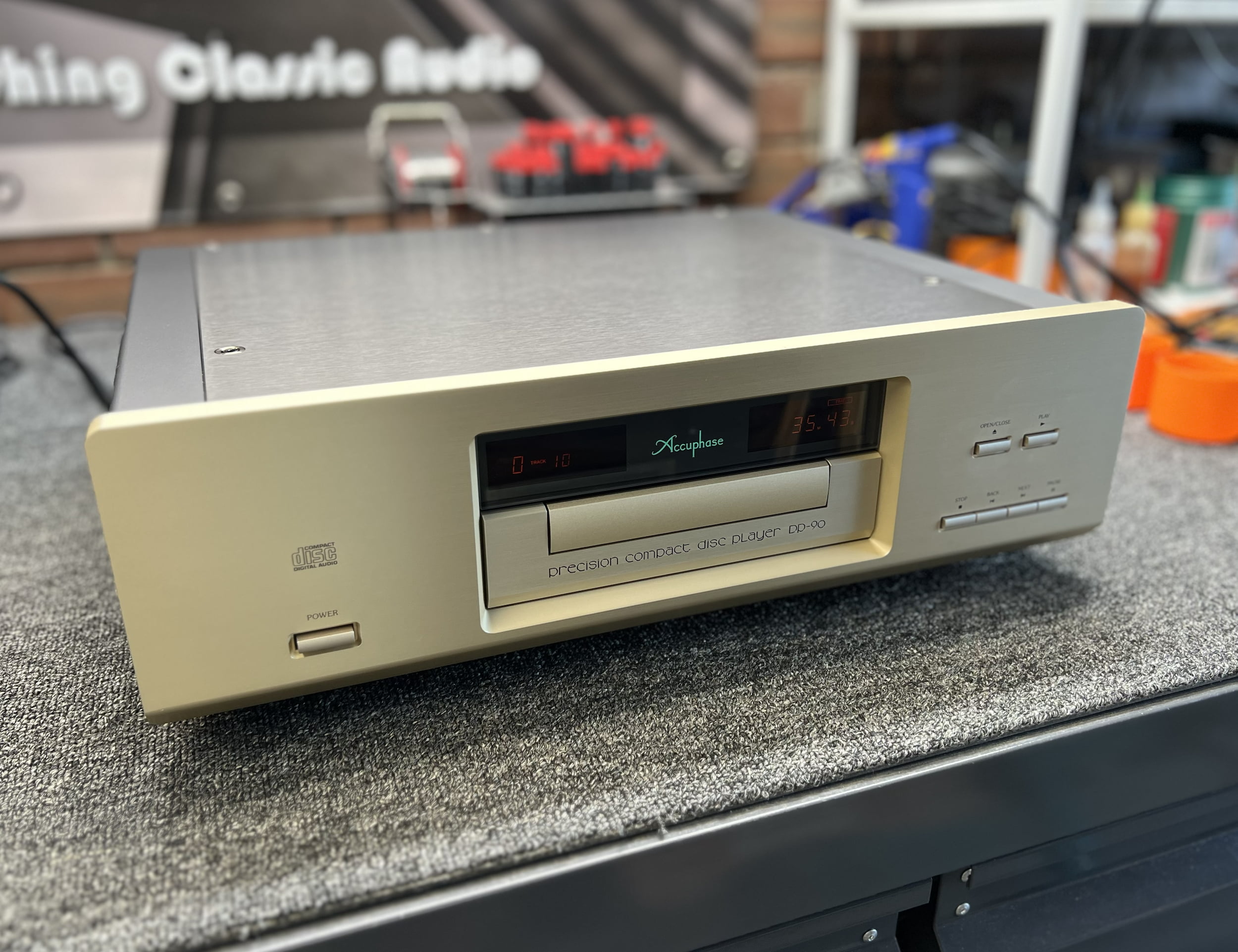A great question, so let’s discuss it.
Let’s start simply. A musician understands that no two guitars sound the same, even two of the same model. Likewise, two different digital camera models using the same Sony sensor will take different-looking pictures.
I can already hear people screaming “But Mike, these things are built differently!” Correct, just like CD players! There are so many elements contributing to the sound of a CD player that no two different players will sound quite the same. This is true of any piece of hi-fi equipment, and most other things, too.
Ones and Zeros
I think it’s useful to understand what a CD player does. A CD player does two important things: 1) digital data extraction from compact discs, and 2) digital to analog data conversion. Both processes are complex, and both produce data that will vary from one player to another. When you play a CD, what you hear is the sum of many complex electronic and mechanical elements working together.
A common misunderstanding concerning CDs is that:
“It’s digital, it’s all just ones and zeros, so things HAVE to sound the same.”
Whilst CDs indeed contain digital data in the form of ‘ones and zeros’, this statement indicates some missing knowledge in terms of how the data on a compact disc is converted into music you can hear, because you can’t listen to ones and zeros!
In terms of data extraction, CD players produce digital data streams that vary minutely from one player to another. These variances are measurable and occur before the data are converted into an analog waveform we can listen to, so they will impact what we hear.
Even different CDs of the same recordings don’t sound quite the same in some cases, a story for another FAQ. Likewise, CD transports only extract the digital data from the disc, yet they sound different, something which fascinates me.
Digital to Analog Conversion
Once we have the data stream from the disc, a complex series of signal buffering, decoding and processing steps have to occur before you can hear music from a CD. These steps and the digital-to-analog conversion contribute even more to the nature of the sound a CD player produces.
Converting digital data into analog waveforms can be done in many different ways, using different techniques, different chipsets, FPGAs, resistors and so on. Then there are output buffer amplifiers that deliver the signal to the next equipment in the chain. These lower the source impedance of the player, allowing the player to deliver a more robust signal, unaffected by cables and the load impedance presented by the following equipment.
The Devil is in the Detail… Again!
To summarise, to retrieve sound from a compact disc, data has to be read from the disc, error-corrected, filtered and anti-aliased, converted from a digital bitstream into an analog signal we can listen to, amplified and buffered for sending it elsewhere.
There is no one way to do all this and there are hundreds or even thousands of components between the disc and your ears, all contributing to the sound in subtle ways! Even Op-amps contain dozens of components and there may be several different op-amps in the signal path!
All of these steps and the different ways they can be achieved, variances in parts, circuit ‘luxury’, chipset types, connectors, wiring and more contribute to the distinct sonic differences between CD players. As with all things technical, there is much more to know than most realise and this is how misunderstandings originate. Do you seriously imagine that two different CD players ever would sound the same, knowing all this?!
It is worth noting however that CD players have less immediately obvious differences than some other sources and that it takes some experience to be able to describe these differences, at least initially.
An Example
My Accuphase DP-90 and DC-91 represent one the most expensive and predictably best-sounding series of designs/parts/decisions in terms of CD playback. This pair allows beautiful audio to be extracted from digital signals, the best I’ve heard. This cost as much as a good car when it was new and still cost as much as a decent secondhand car now!

Even CD transports that lack a DAC can sound dramatically different from one another. I’ve written an entire FAQ about this topic!

The Sum of the Parts
Each of these elements contributes to the sound of a CD player, along with others I’ve probably forgotten:
- The CD mechanism or mech, spindle motor and laser
- The hardware carrying the RF signal – shielded coax or unshielded wire, connectors, termination impedances and reflections
- DAC type and design – R2R/multibit delta-sigma/chip/discrete
- Analog and digital filter type and design – HDCD/FPGA/DSP/none
- Device firmware running the digital filters, PICs, FPGAs etc
- Inter-stage analog amplifiers and buffers, op-amps
- The all-important output buffer – discrete/op-amp/class-A/tube/transistor/transformer/balanced/singled-ended etc
- Power supply – linear/SMPS, filtering details, regulators, wiring
- Clock – frequency/PPM precision/drift/stability
- General layout, board design, wiring, shielding, parts quality
- Condition of the unit, laser power output/health, general state of service
- Vibration isolation differences between players and isolation hardware
CD players are complex mixed-signal (digital and analog) hardware devices. Unsurprisingly, they sound different, just as turntables sound different.
Discover more from LiQUiD AUDiO
Subscribe to get the latest posts sent to your email.
